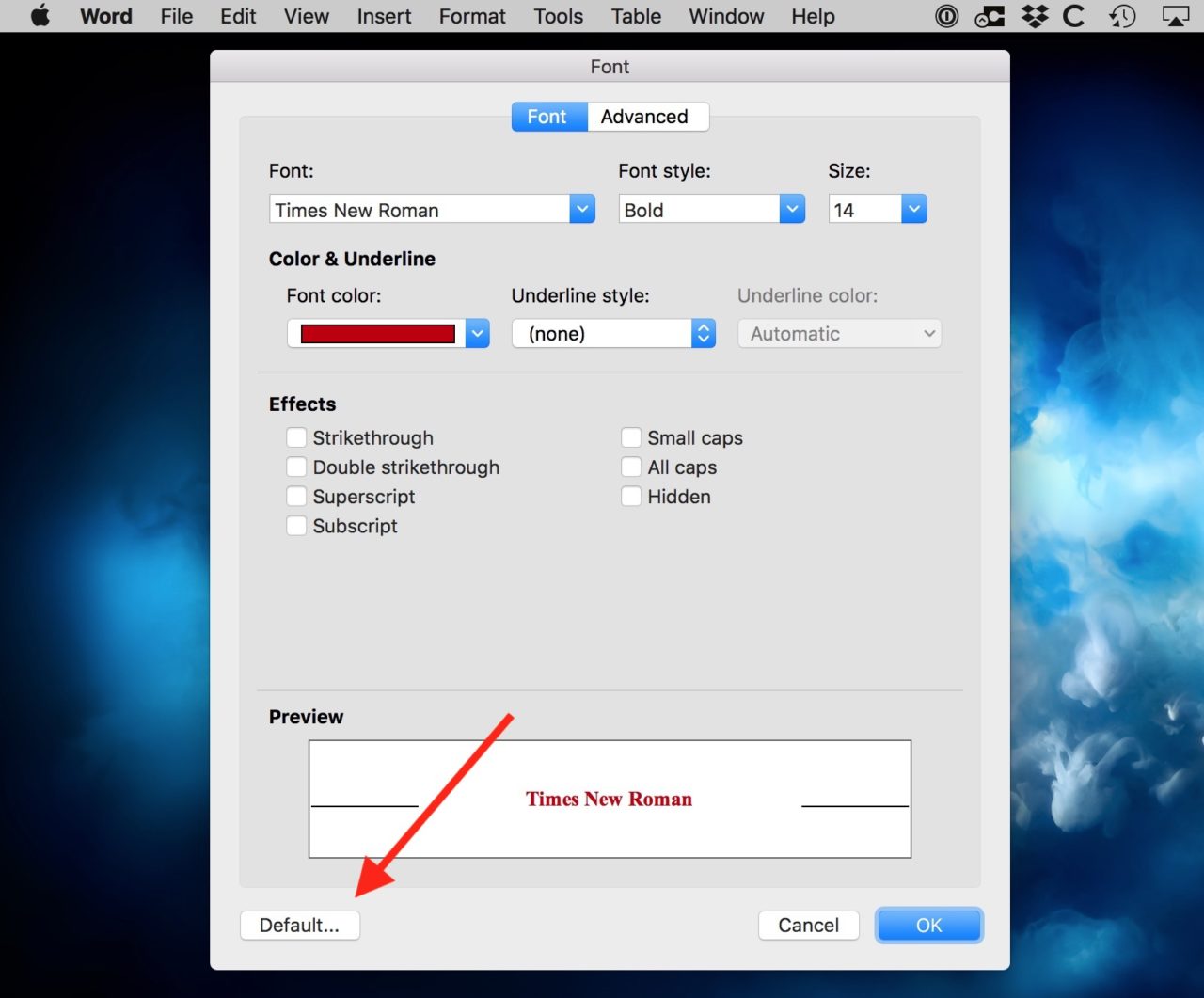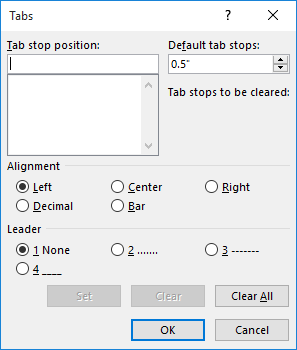
- #HOW TO CHANGE DEFAULT SETTINGS IN MICROSOFT WORD UPDATE#
- #HOW TO CHANGE DEFAULT SETTINGS IN MICROSOFT WORD FREE#
- #HOW TO CHANGE DEFAULT SETTINGS IN MICROSOFT WORD WINDOWS#
Track changes should not be turned on in this document.

This can be verified by following these general steps: This means that the settings can be easily pulled by Word from the data key anytime Track Changes is turned on.
#HOW TO CHANGE DEFAULT SETTINGS IN MICROSOFT WORD WINDOWS#
The Track Changes settings are saved in the Windows Registry, in the Word data key. What is the mystery is where those settings are saved. In general, if you set options for Track Changes, those settings should be persistent they should be saved by default. How Track Changes operates can sometimes be a mystery. She notes that her memory isn't improving, so she is wondering if Word provides a way to change the default settings for Track Change options. Despite this routine use, she frequently launches into editing without remembering to go to Track Changes options and re-select her standard set of features (e.g., the "Always" setting for the editing, blue font for insertions, etc.). You can check out Microsoft’s troubleshooting advice here, but you might end up having to contact a network administrator in your office for help.Diane uses Word's Track Changes feature with most documents. If you’re using an employer-issued device and your new default font fails to show up, it could be because you don’t have access to make changes to certain programs. Then, pick your favorite font, hit “Default” in the lower-left corner, and confirm your choice. You can also launch the box by holding down the “Command” and “D” keys. If you’re using a macOS device, open a new Word document, look for “Format” in the menu bar at the very top of your screen, and click “Font” from the dropdown menu.

Hit “OK” twice, and you (and your default font) are all set.

That’ll open what’s called the “Font Dialog Box Launcher.” Choose your font from the menu, hit “Set As Default” in the lower-left corner, and you’ll be given the option to set the default for that document only, or for all documents that use the default template. As Lifehacker explains, Windows users can do this by first opening a new Word document and then clicking the little arrow to the right of the word Font (which should be around all the typeface customization options, like font size, color, bolding, italicizing, etc.).
#HOW TO CHANGE DEFAULT SETTINGS IN MICROSOFT WORD FREE#
Whatever the case, you’re free to set your own default font in Microsoft Word whenever you want. Maybe you just want something different, but you don’t want Microsoft to choose it for you.
#HOW TO CHANGE DEFAULT SETTINGS IN MICROSOFT WORD UPDATE#
Maybe the news of Microsoft’s impending update has shaken you into realizing your one true love was Times New Roman all along. Maybe you’ve grown fond of Calibri over the last 14 years, and you’re dreading the moment your cursor leaves a trail of slightly unusual characters in its wake. Before that, Times New Roman was the norm, and teachers were known to knock a few points off a research paper if you had the audacity to change it. Like Calibri, they’re all sans serif.Īs Millennials (and older generations) no doubt remember, this isn’t the first font overhaul for the tech giant Calibri only arrived on the scene in 2007. The company is currently asking people to help select its successor from a collection of five specially commissioned new fonts: Bierstadt, Grandview, Seaford, Skeena, and Tenorite.

In late April, Microsoft announced that Calibri will no longer be the default font for Microsoft Office sometime in the near future.


 0 kommentar(er)
0 kommentar(er)
